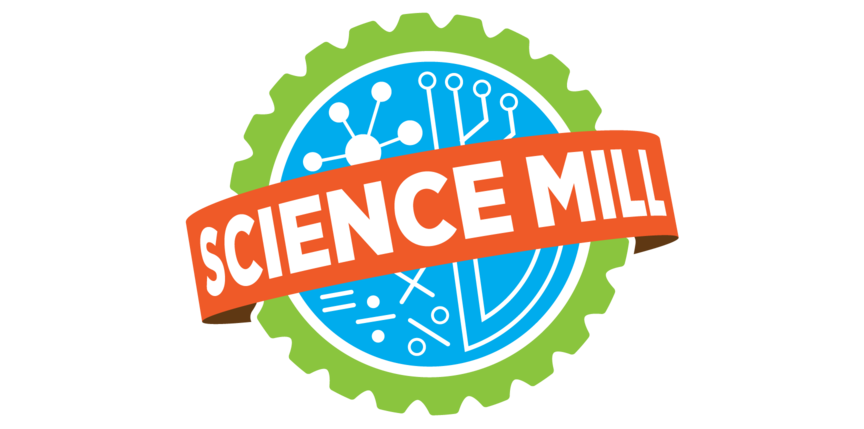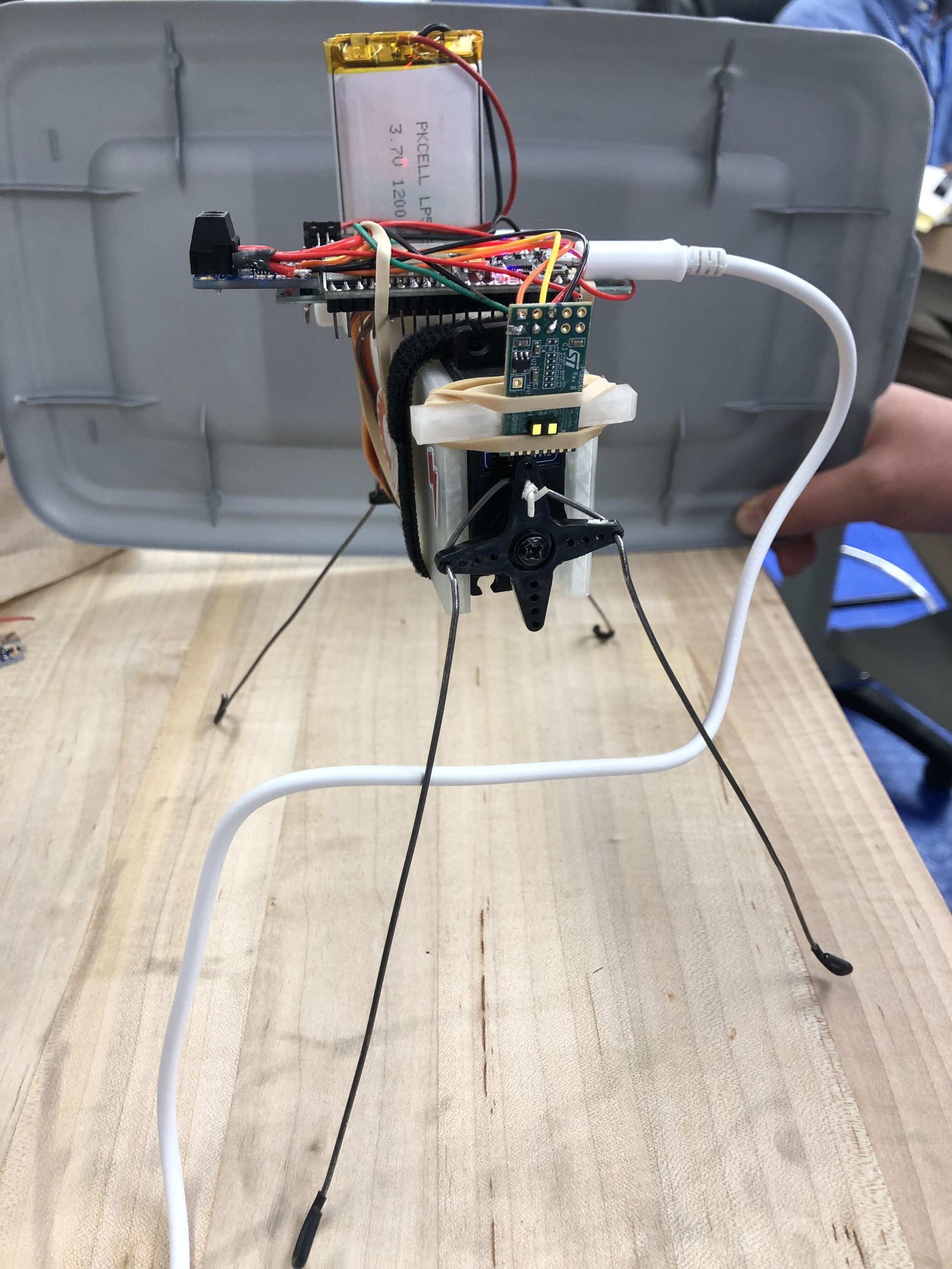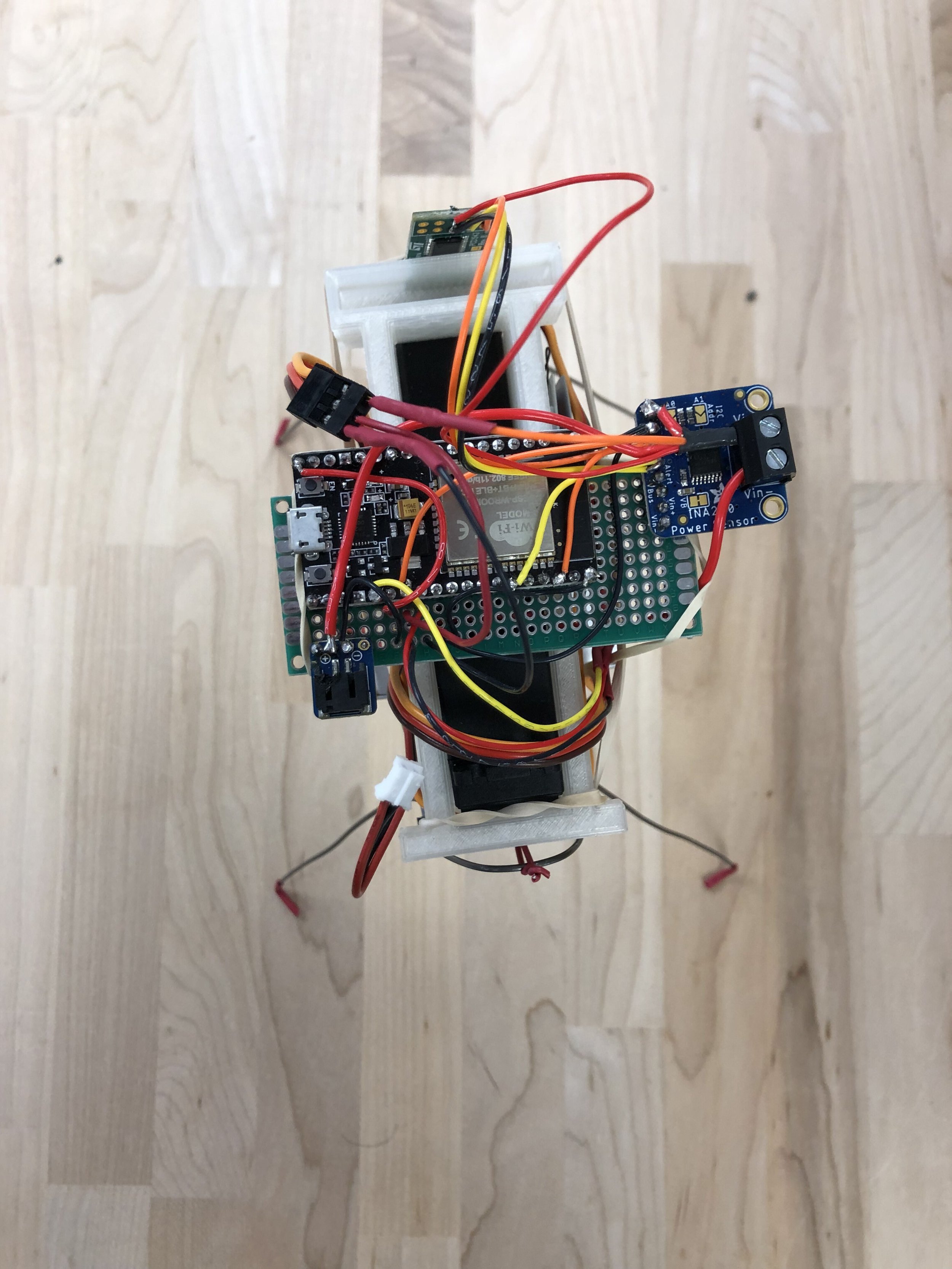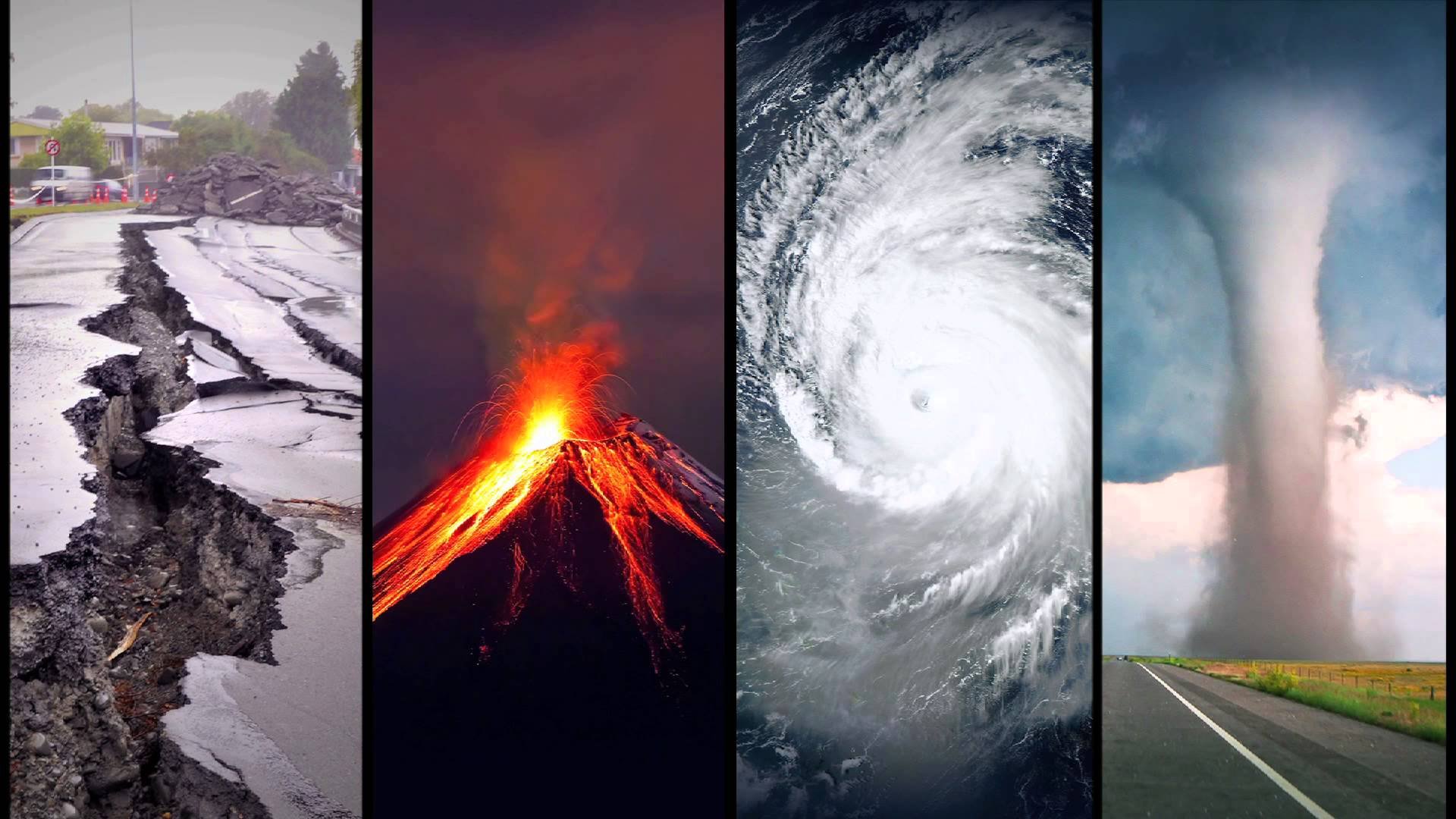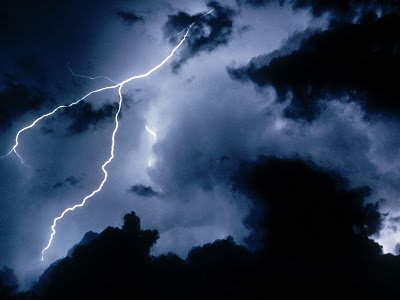The Johnson City Joules (JC Joules), a first-year robotics team headquartered in the Science Mill in Johnson City, bagged several recognitions in the three-day FIRST® robotics competition last March 4, 2023 at the Extraco Event Center in Waco, Texas. Individually, the team placed 18 out of 41 teams, placed 3rd with their alliance, and received the Rookie Inspiration Award, a special award that recognizes a rookie team’s outstanding success in advancing respect and appreciation for engineering and engineering, both within their school as well as their community.
After the qualifying round, the team was selected by the #1 ranked alliance to participate in the finals where they secured the third ranking in the competition. For the 2022-2023 robotics season, participating teams will reimagine the future of sustainable energy and power their ideas forward.
The JC Joules, formed in November 2023 by the Science Mill and the Johnson City ISD, is open to all high-school-aged students in Blanco County. Through the competition team, students can develop their STEM skills such as engineering and CAD design and coding through annual competitions. In addition to robot design and fabrication, the team is immersed in the ins-and-outs of organizational leadership, marketing, community outreach, fundraising, digital design, and more.
JC Joules is participating in their next competition on March 16-18, 2023 at the Freeman Coliseum in San Antonio.
Stay up-to-date on JC Joules’ journey by following them on Facebook, Twitter, or Instagram.
High-school-aged students in Blanco County are welcome to join the team! If you or anyone you know is interested in becoming a member, visit the JC Joules page for details.
